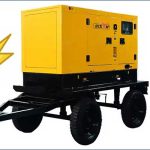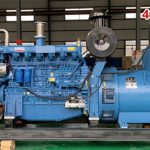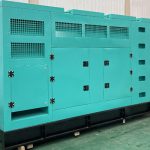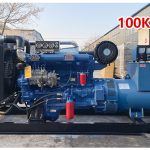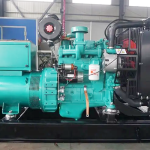Diesel generators are widely used in many industries and are popular for their high efficiency and reliability. However, as environmental problems become increasingly serious, the emission standards of diesel generators are gradually increasing. Understanding these emission standards is crucial to choosing a compliant, environmentally friendly diesel generator. This article will take an in-depth look at the main emission standards for diesel generators, current regulatory requirements, and related technological innovations.
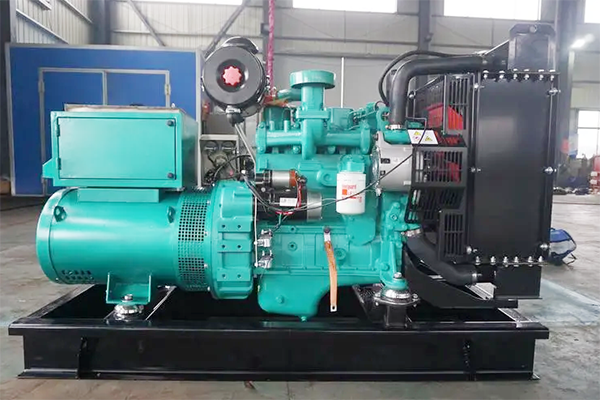
1. Main components of diesel generator emissions
Diesel generators produce a variety of emissions when operating, primarily nitrogen oxides (NOx), particulate matter (PM), carbon monoxide (CO), and sulfur dioxide (SO2). Among them, nitrogen oxides and particulate matter have a particularly significant impact on air quality. In order to control these emissions, various countries have formulated corresponding emission standards to reduce the impact of diesel generators on the environment.
2. Major global emission standards
U.S. EPA emission standards
The U.S. Environmental Protection Agency (EPA) sets emission standards for nonroad diesel engines, namely Tier 1 to Tier 4 standards. These standards stipulate the emission limits of diesel generators at different stages. Tier 4 standards are currently the highest emission requirements and are applicable to new diesel generators.
European emission standards
Europe has also formulated strict emission standards for non-road machinery, namely the “European Union Stage” (Stage I to Stage V) standards. Similar to U.S. standards, European emission standards have been gradually upgraded over time. Stage V requirements are currently the most stringent emission limits and are widely applicable to various types of diesel generators.
China emission standards
China’s non-road diesel engine emission standards include China I to China IV standards. The latest “National IV” standards have stricter emission requirements for particulate matter and nitrogen oxides, which has promoted the development of the diesel generator industry in the direction of low pollution and high efficiency.
3. Impact of emission standards on diesel generators
High-standard emission requirements have increased the manufacturing cost of diesel generators to a certain extent, but they have also promoted technological innovation. To meet these emission requirements, manufacturers use a variety of technologies such as:
Selective Catalytic Reduction (SCR) technology: effectively reduces nitrogen oxide emissions;
Diesel Particulate Filter (DPF): Used to capture and burn particulate matter;
High-pressure common rail system: improve combustion efficiency and reduce pollutant generation.
4. Innovation trends in environmentally friendly technologies
In order to meet increasingly stringent emission standards, diesel generator manufacturers are also constantly exploring new environmentally friendly technologies. These innovative technologies not only help reduce emissions from diesel generators, but also improve their operating efficiency and extend equipment life. For example, some companies are starting to use hybrid systems that combine electric drive with a diesel engine to further reduce emissions. In addition, the application of intelligent control systems enables diesel generators to automatically adjust operating modes according to actual load conditions, reducing unnecessary fuel consumption and emissions.
5. Choose a diesel generator that meets emission standards
When choosing a diesel generator, it is crucial to ensure that the product complies with the latest emissions standards. Users can check the product manual to learn about its emission level and whether it is equipped with environmental protection devices such as SCR and DPF. In addition, it is necessary to confirm with the supplier whether it complies with local emission regulations before purchasing.
In conclusion
The emission standards of diesel generators are an important measure to protect the environment and reduce air pollution. As global environmental awareness increases, emission standards in various countries will become more stringent. Understanding these standards can help businesses and individuals choose diesel generators that meet the requirements, thereby reducing their impact on the environment while enjoying efficient and reliable power security.






